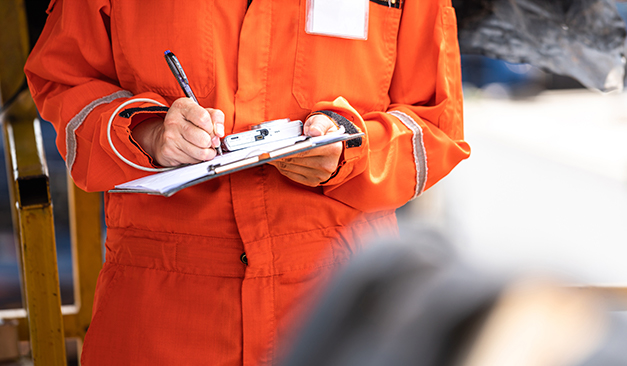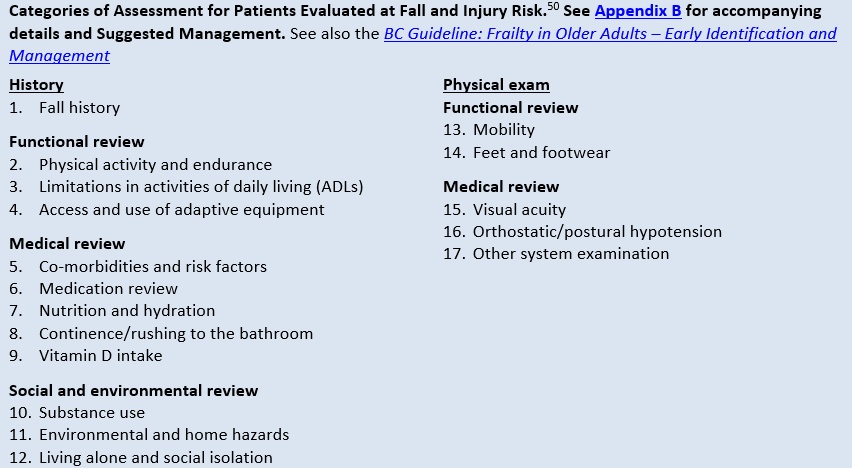6 Simple Techniques For Dementia Fall Risk
6 Simple Techniques For Dementia Fall Risk
Blog Article
The Dementia Fall Risk Diaries
Table of ContentsThe Definitive Guide to Dementia Fall RiskThe smart Trick of Dementia Fall Risk That Nobody is Discussing5 Simple Techniques For Dementia Fall RiskThe Greatest Guide To Dementia Fall Risk
A loss threat assessment checks to see just how likely it is that you will fall. The assessment usually consists of: This consists of a series of questions about your general health and if you have actually had previous drops or problems with balance, standing, and/or strolling.STEADI consists of screening, examining, and intervention. Treatments are suggestions that may decrease your threat of dropping. STEADI consists of 3 steps: you for your danger of falling for your risk aspects that can be boosted to attempt to avoid drops (for example, equilibrium problems, impaired vision) to reduce your risk of falling by using effective approaches (for instance, supplying education and learning and sources), you may be asked numerous concerns consisting of: Have you fallen in the previous year? Do you really feel unsteady when standing or walking? Are you fretted about dropping?, your provider will certainly evaluate your strength, balance, and gait, using the following loss analysis devices: This test checks your gait.
Then you'll take a seat once more. Your copyright will check how much time it takes you to do this. If it takes you 12 secs or more, it might mean you are at higher danger for a fall. This examination checks stamina and balance. You'll being in a chair with your arms went across over your chest.
The settings will get tougher as you go. Stand with your feet side-by-side. Relocate one foot halfway ahead, so the instep is touching the big toe of your other foot. Relocate one foot totally before the various other, so the toes are touching the heel of your other foot.
Not known Details About Dementia Fall Risk
Many falls take place as a result of several contributing variables; as a result, managing the threat of falling starts with recognizing the factors that add to drop risk - Dementia Fall Risk. A few of the most appropriate risk variables include: History of prior fallsChronic clinical conditionsAcute illnessImpaired stride and balance, lower extremity weaknessCognitive impairmentChanges in visionCertain high-risk medications and polypharmacyEnvironmental variables can additionally raise the threat for falls, consisting of: Inadequate lightingUneven or harmed flooringWet or slippery floorsMissing or harmed hand rails and order barsDamaged or incorrectly equipped devices, such as beds, wheelchairs, or walkersImproper use of assistive devicesInadequate supervision of individuals residing in the NF, including those who show hostile behaviorsA effective loss risk monitoring program requires an extensive clinical analysis, with input from all members of the interdisciplinary team

The treatment plan should likewise consist of treatments that are system-based, such as those that advertise a secure environment (suitable lighting, hand rails, get hold of bars, and so on). The effectiveness of the Our site treatments need to be reviewed regularly, and the care plan modified as required to reflect modifications in the fall risk assessment. Applying a loss threat monitoring system utilizing evidence-based best technique can minimize the frequency of drops in the NF, while restricting the potential for fall-related injuries.
The Main Principles Of Dementia Fall Risk
The AGS/BGS guideline suggests screening all grownups aged 65 years and older for loss risk every year. This testing contains asking people whether they have actually fallen 2 or more times in the previous year or sought medical attention for a loss, or, if they have not fallen, whether they feel unsteady when walking.
People that have actually dropped when without injury needs to have their balance and gait evaluated; those with stride or balance abnormalities should get additional analysis. A background of 1 autumn without injury and without stride or equilibrium issues does not necessitate further evaluation beyond continued annual autumn risk screening. Dementia Fall Risk. A fall danger evaluation is required as component of the Welcome see this site to Medicare examination

An Unbiased View of Dementia Fall Risk
Recording a falls history is one of the top quality indications for loss prevention and management. A critical component of threat evaluation is a medicine evaluation. Numerous courses of drugs raise loss risk (Table 2). Psychoactive drugs in certain are independent predictors of drops. These medicines often tend to be sedating, modify the sensorium, and harm balance and gait.
Postural hypotension can usually be minimized by decreasing the dose of blood pressurelowering medications and/or quiting drugs that have orthostatic hypotension as a side effect. Use of above-the-knee assistance tube and copulating the head of the bed raised might likewise decrease postural decreases in blood pressure. The recommended components of a fall-focused checkup are shown in Box 1.

A yank time above or equivalent to 12 secs suggests high loss danger. The 30-Second Chair Stand test assesses lower extremity stamina and equilibrium. Being incapable to stand up from a chair of knee elevation without using one's arms indicates boosted loss risk. The 4-Stage Balance examination assesses fixed equilibrium by having the client stand in 4 settings, each considerably much more difficult.
Report this page